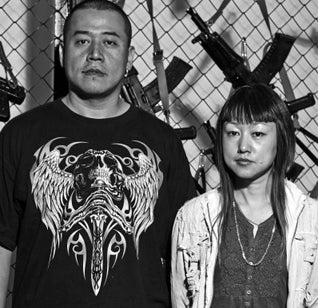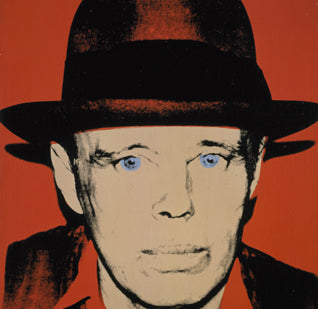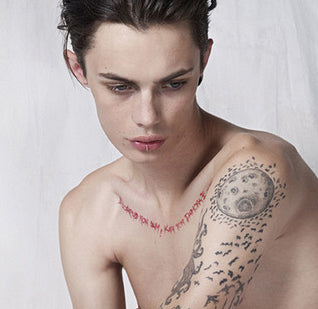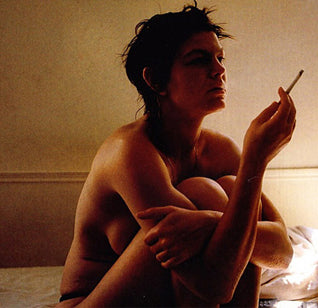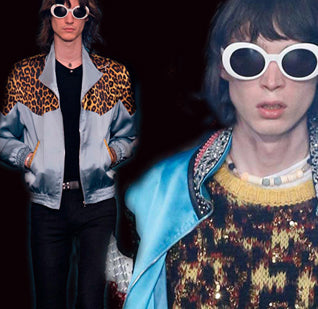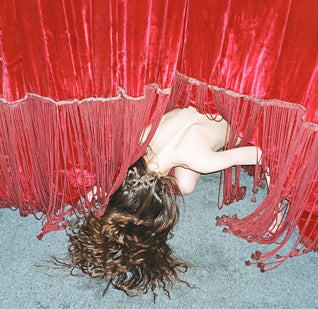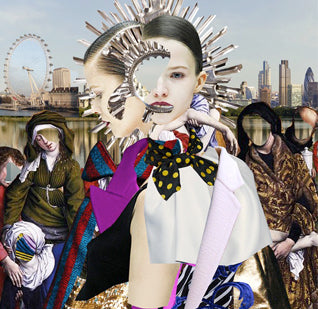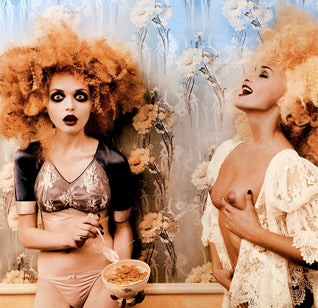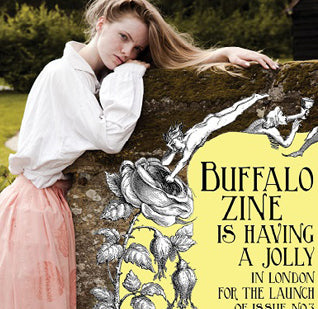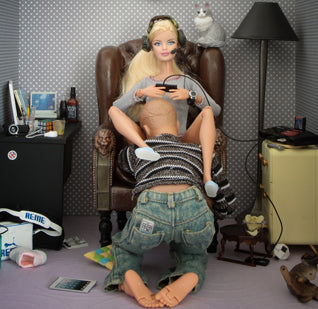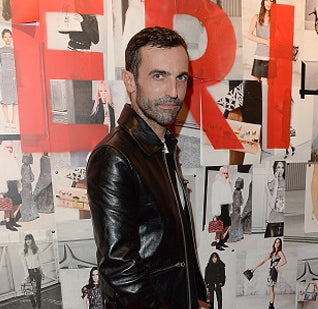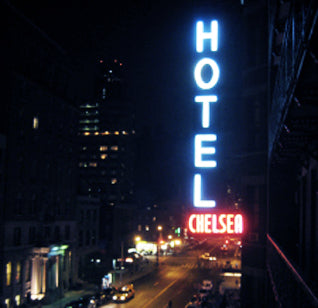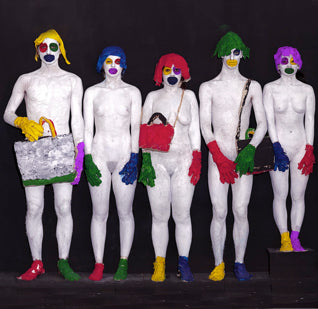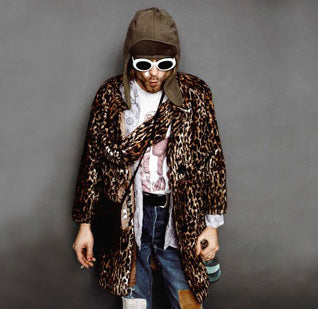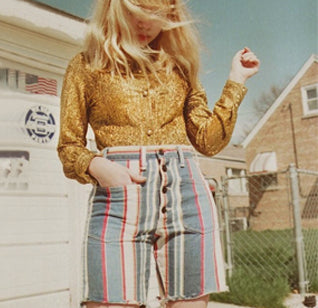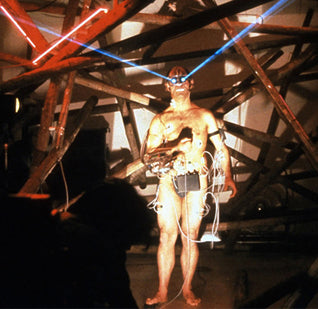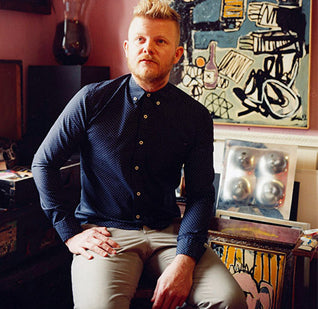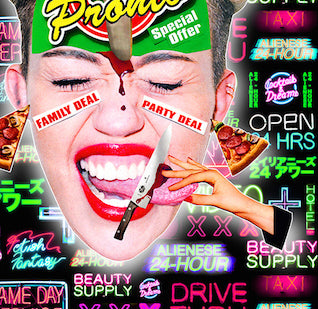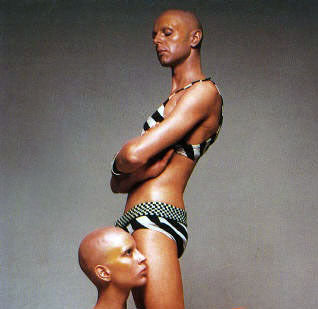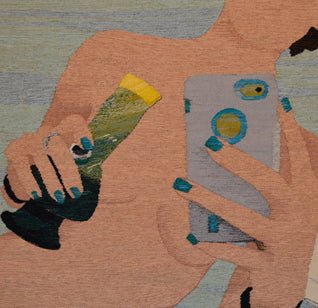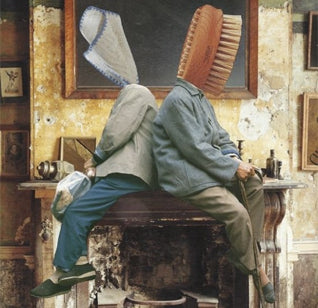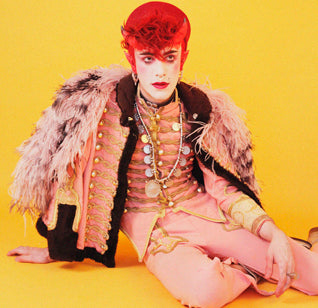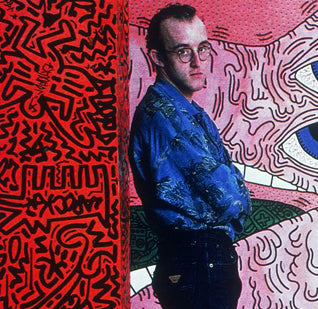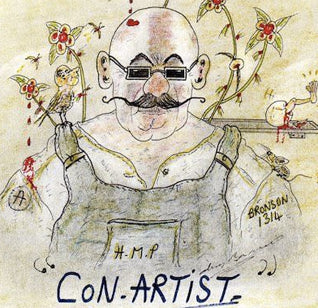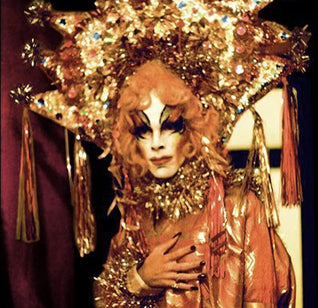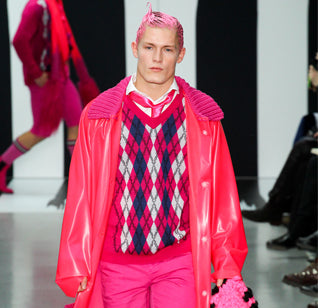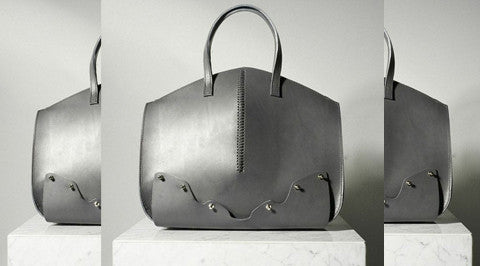GENDER BENDING
Christa D’Angelo talks commodity culture, the art market and societal roles
by KOD Staff
Christa Joo Hyun D’Angelo uses art to probe into commercial and celebrity culture. She ruthlessly criticizes our insatiable appetite to consume – the way we lap up branding and advertising. Her work re-imagines familiar images that define our sense of identity and in her collage we recognize iconic faces from film, as well as fashion. More recently Christa has begun to focus on society’s strict gender roles, boldly calling for white heterosexual men to surrender their control over culture.

Christa D'Angelo, 'Tintin', 2014
KOD: Why do you use so many movie stills in your work?
Christa D’Angelo: I would say I am drawn to the things that circulate our shared media-scape and what occupies much of popular commodity culture. Sensationalism is also something that interests me and I think the images all arise from industries of mass entertainment, which are related to the film industry. Of course, just as I am drawn to these images, I am repulsed by their political effects. There is always the desire to reconstruct a different set of images aside from the ones that circulate the limelight.
KOD: Could you explain your Community Gender Bending Workshop?
Christa D’Angelo: Community Gender Bending was part of a residency I did in Finland. It was essentially an "artwork" about social stereotypes within popular culture. The project was very much based on a multiple authorship - in this case the students of the art college Novia University, as I wanted to go awry from a typical exhibition structure based on a single viewpoint.
The discussions questioned hetero-normative aesthetics in the media, from cinema entertainment to commercial advertising. The seminar also examined material that affirms male and female roles within the nuclear family and talked about ways of escaping the pre-existing roles that limit gender relations.

Christa D'Angelo with her greyhound in Versailles, 2014
KOD: What are “hetero-normative aesthetics”?
Christa D’Angelo: Hetero-normative aesthetics deal with roles that confirm ‘normal’ stereotypes. For example, ‘masculine’ is usually defined as macho or dominant. It can also apply to ideologies about the nuclear family; such as needing a mother and a father in order to have a "complete" family. There is no room for the possibility of same sex parents. Toys that fall into boy or girl categories are also perfect examples of traditional practices that restrict identification. Basically, they are the limitations that create gender relations and roles.
KOD: What were the results of the workshop?
Christa D’Angelo: A friend described the student's responses as "short stories" because the responses were very personal. But the premise of the workshop was not to interrogate but to exchange different ideas about gender roles that might not be prevalent in mainstream perspectives. All the students had tons of feedback especially in regards to music and the roles of men and women in the entertainment industry.

Christa D'Angelo, 'Marilyn', 2014
KOD: Is it wrong to use sex to makes sales?
Christa D’Angelo: I'm not about censoring sexuality. Yet I would say that sex in the media is very much from the perspective of white heterosexual men.
For me it's a question of representation, what is fair and what is equal. I do feel that sex is utilized as a form of exploitation and as a commodity. What is perplexing is how often it’s used without criticism from the consumer or producer.
KOD: Is consumer culture reflected in the art market?
Christa D’Angelo: Oh, that is complicated. The art market is a very dubious system without any specific rules and I do feel that consumer culture is reflected in the art world. Whenever there are large sums of money being tossed around there are always consumers and producers ready to fulfill market demands. I would like to think the art market isn't necessarily based on monetary values or the hottest trends but somehow these aspects eclipse the conceptual and social discourse of art.

Christa D'Angelo, Installation shot at Somos Artspace, 2013
KOD: Do you believe the art world is gender biased?
Christa D’Angelo: For me, culture is dictated by privileged, white, heterosexual men. The art market also tends to be dictated by their decisions because collectors and commercial galleries tend to be men. This then controls the visibility of particular artists.
It's not only in the visual arts that men are the arbiters for taste but in all parts of society. I see the art world being a commercial bubble that does not necessarily encompass the larger social context of the works themselves. Art fairs are perfect examples. They contain art in quantity but this art often exists within a commercial climate and the selection is less about works with a conceptual framework.
I tend to believe that people associate sellable work with “quality” which of course is not true. I try not to think about the art market and let that dictate my decisions in my practice but it's a reality you have to be aware of whether you like it or not.
See more of Christa’s work on her website.

